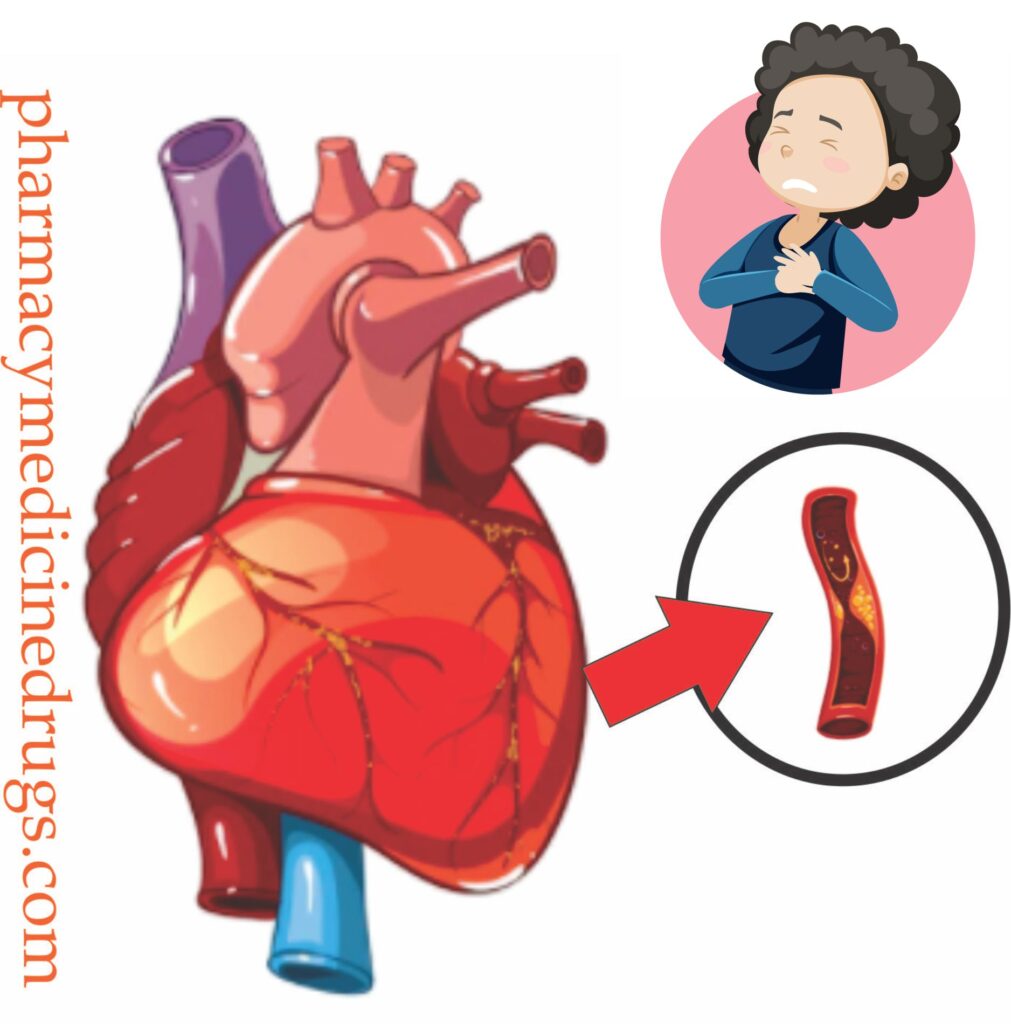Myocardial Infarction Pronunciation|What is a Myocardial Infarction (Heart Attack)
Myocardial Infarction is a condition resulting from decreased blood and oxygen supply to the heart, causing cell death. The major cause is sudden blockage of coronary arteries. Coronary arteries are blood vessels that supply the heart muscle with blood and oxygen. Blockage of a coronary artery deprives the heart muscle of blood and oxygen, causing injury to the heart muscle causing chest pain and chest pressure sensation. If blood flow is not restored to the heart muscle within 20 to 40 minutes, irreversible death of the heart muscle will begin to occur. Muscle continues to die for six to eight hours at which time the heart attack usually is “complete.” The dead heart muscle is eventually replaced by scar tissue.
Etiology of Myocardial Infarction (Heart Attack) | What causes Myocardial Infarction
Myocardial infarction (MI) is the irreversible death (necrosis) of heart muscle which usually results from an imbalance in oxygen supply and demand, which is most often caused by plaque rupture with thrombus formation in an epicardial coronary artery, resulting in an acute reduction of blood supply to a portion of the myocardium. Acute MI is the single most common cause of death in industrialized nations. Among fatal cases, nearly half of the patients die before reaching the hospital. Major risk factors include previous cardiovascular disease (such as angina, a previous heart attack or stroke), older age (especially men over 40 and women over 50), tobacco smoking, high blood levels of certain lipids (triglycerides, low-density lipoprotein or “bad cholesterol”) and low levels of high density lipoprotein (HDL, “good cholesterol”), diabetes, high blood
pressure, obesity, chronic renal failure, heart failure, excessive alcohol consumption, the
abuse of certain drugs (such as cocaine and methamphetamine), and chronic high stress
level.
Pathogenesis of Myocardial Infarction (Heart Attack)| Types of Myocardial Infarction ppt | Morphology
- Myocardial Ischaemia: Myocardial ischaemia is brought about by one or more of the following mechanisms: (i) Diminised coronary blood flow e.g. in coronary artery disease shock.
(ii) Increased myocardial demand e.g. In exercise, emotions.
(iii) Hypertrophy of the heart without simultaneous increase of coronary blood flow e.g. in hypertension, valvular heart disease. - Role of platelets: Rupture of an atherosclerotic plaque exposes the subendothelial collagen to platelets which undergo aggregation, activation and release reaction. These events contribute to the build-up of the platelet mass that may give rise to emboli or initiate thrombosis.
- Acute plaque rupture: In general, slowly developing coronary ischaemia
from stenosis coronary atherosclerosis of high grade may not cause acute MI but continue to produce episodes of angina pectoris. But acute complications in coronary atherosclerotic plaques in the form of superimposed coronary thrombosis due to plaque rupture and plaque haemorrhage is frequently encountered in cases of acute MI: (i) Superimposed coronary thrombosis due to disruption of plaque is seen in about half the cases of acute MI. Infusion of intracoronary fibrinolysins in the first half an hour of development of acute MI in such cases restores blood flow. Development of acute MI in such cases restores blood flow in the blocked vessel in majority of cases.(ii) Intramural haemorrhage is found in about one third cases of acute MI. - Non-atherosclerotic causes: About10% cases of acute MI are caused by non-atherosclerotic factors such as coronary vasospasm, arteritis, coronary l stenosis embolism, thrombotic diseases, trauma and outside compression as already described. The location of an MI is determined by the site of the occlusion and by the anatomy of the coronary circulation. Occlusion of the left anterior descending coronary artery typically causes an infarct in the anterior and apical areas of the left ventricle and adjacent interventricular septum. Occlusion of the right coronary artery is responsible for most infarcts involving the posterior and basal portions of the left ventricle. The underlying anatomy of the coronary circulation also has a significant influence on the location of the infarct. For example, occlusion of the right coronary artery would have different consequences in an individual whose posterior ventricle was supplied by branches of the right coronary than in a person whose posterior wall was supplied by branches of the circumflex coronary artery.

